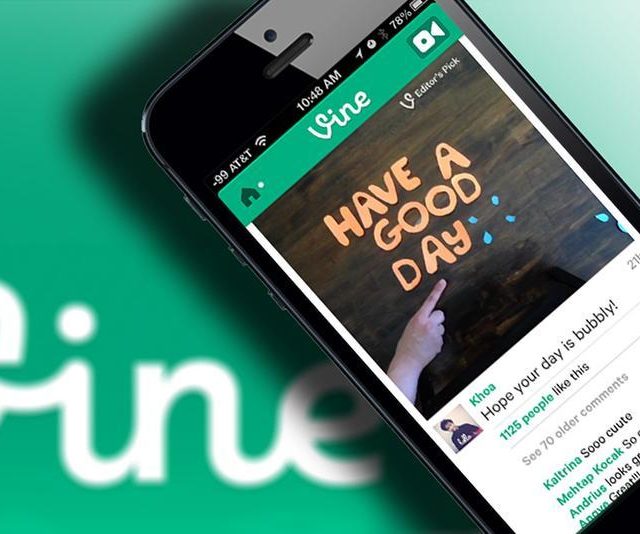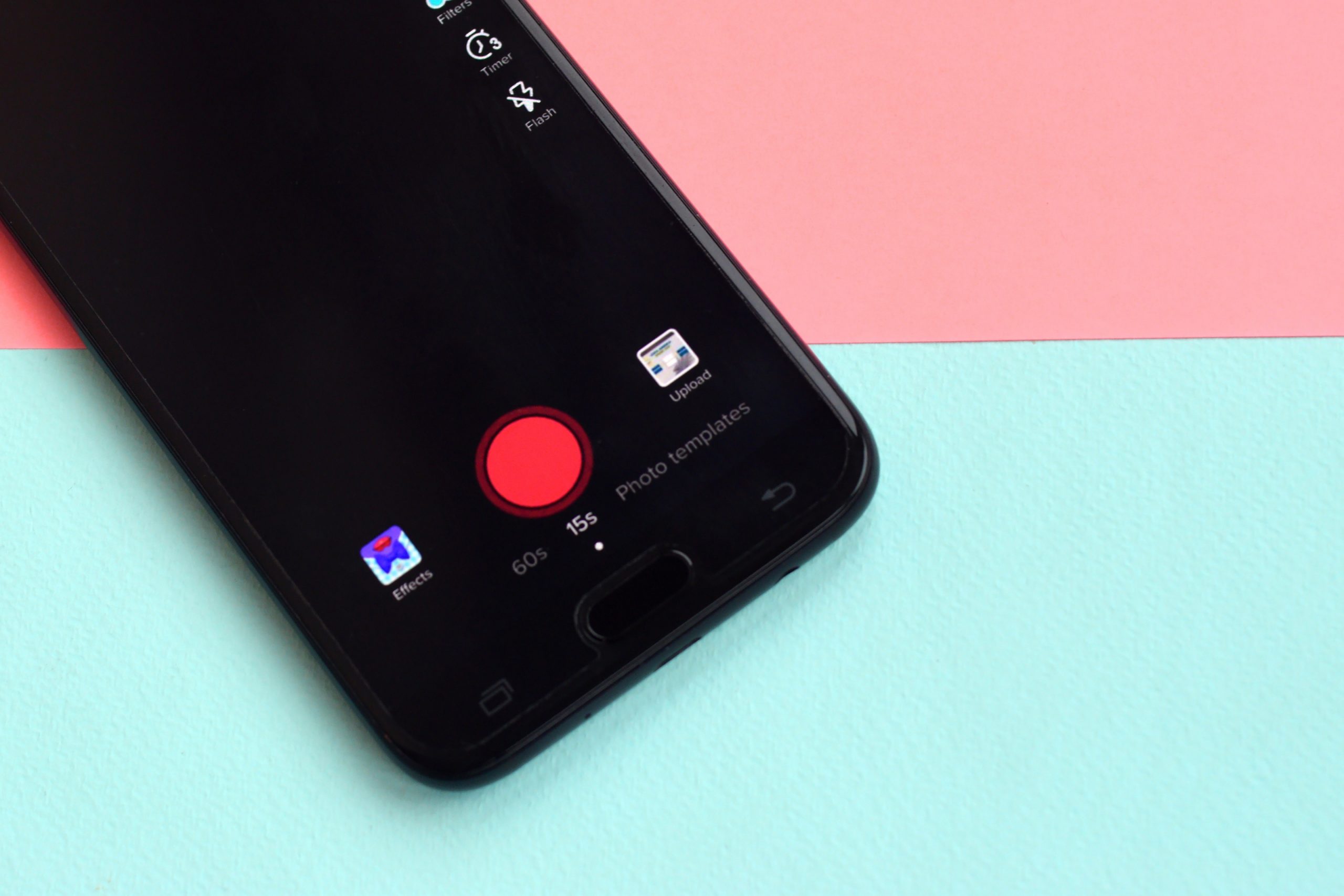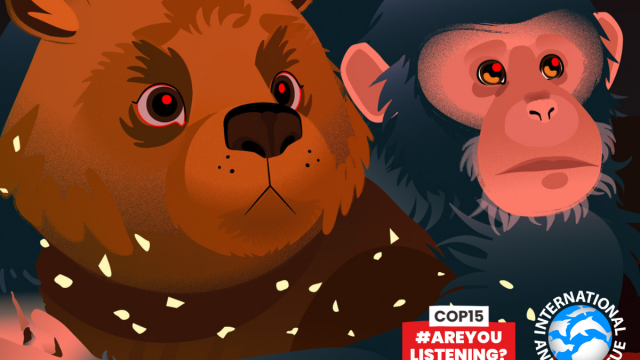The Rise of Short Form Social Media
Since the rise of social media in the early 2000s, it’s established itself as a staple in society, politics, and business. Back then, it was common for platforms (such as YouTube, which launched in 2004) to favour long-form content. Which makes sense, right? Longer videos = more time spent on that platform. The shortest videos were things like music videos, still clocking in at 2-4 minutes.
That was until 2013, when the first mainstream short-form social media platform was released. Vine was the go-to platform for teenagers at the time and the app even topped the Apple “free app” charts within the first three months of release.
Vine used the opposite approach to achieve the same goal. Or in other words, they favoured short-form content (6.5 seconds!) to keep users on their platform for as long as they could. They also made the creation of content in-app easy, with an abundance of built-in tools.

And it worked!
That is, it did for a little while. Due to poor management and the failure to maintain a user friendly experience, Twitter announced Vine would be shutting down in 2016. But short-form social media platforms didn’t take a backseat for long…
The Rise of Short Form Social Content
Just a year later, the now-giant social media platform TikTok was released. TikTok filled a gap in the market that Vine (and Musical.ly) left and has been in the top app downloads since 2018. To define what the platform is in simple terms: TikTok is a short-form social media platform featuring a mix of music, lip sync videos, comedy, and micro-blog content.
TikTok takes the same approach as Vine did, favouring short-form content over long-form, and found an equal amount of success within the first couple of years, reaching two billion total downloads. The key to its success (and to Vine’s success beforehand) is that the app makes it easy to create content right there on your phone. No computer needed!
This time however, the rise of short-form content on social media didn’t slow down. Instead, other social platforms jumped on the trend. Most notably, Instagram introduced reels in 2020. Since then, Reels have become an integral part of Instagram’s algorithm (accounts that use Reels are prioritised in user’s feeds) and have become their own beast separate from TikTok’s influence.
Other platforms that have integrated short-form content features include Snapchat, Facebook, and YouTube. In Youtube’s case, its “Shorts” are expected to become a key component of its own algorithm, borrowing Instagram’s tactic. This is a change that’s already taking place as more and more users start to make their own Shorts.
But why?
All this begs the question, why does short-form content even work?
When we’re talking about the human psyche, scrolling through an unending sea of various content stimulates our brains so well that it becomes addictive.
As Dr Williams, a lecturer and researcher at the University of Edinburgh who specialises in the mental health of children and adolescents explains, “Because TikTok videos are short and sweet, they keep your attention going from one to another,” she said. “The way it becomes addictive – when things make us feel good – is the release of dopamine in the brain and you want more and more.”
From a business perspective, TikTok has managed to create an algorithm that is both user and creator friendly. Whilst this isn’t too uncommon, it remains a brilliant way to keep users on your site.
How Businesses can jump on the trend
As TikTok is a popular app with one billion monthly users, it provides an opportunity for businesses to capitalise on. Simply having a presence on the app is a good start, but we’re going to go deeper into what works well on the app.
It’s important to remember that TikTok isn’t a place for seriousness, exhaustive material or fake smiles. It’s a place for humour, entertainment and fun. So be sure to have an element of that when making your content!
Some more interesting short-form content comes in the form of new product showcasing. If done in an interesting and engaging manner, this type of content can not only spark the interest of potential customers who are looking for a product like yours, but also remind your existing customers why they love your brand and products.
One example of a brand that does TikTok well is Gymshark. If you’re a marketeer then this should come as no surprise, as Gymshark is notorious for its social media marketing. Nevertheless, Gymshark keeps up with the trends of its niche and replicates its upbeat tone of voice very well. Doing so makes for a more relatable and personal experience, leading Gymshark to grow to 3.8 million followers!

Another brand with a large following on TikTok would be Glossier. What makes Glossier stand out is frequent, in-depth behind the scenes videos which add a further layer to the brand and allow employees to become advocates. They have become a fine example of behind the scenes content done right and have amassed a following of 300,000.
When it comes to the younger generations, it’s becoming increasingly more likely for them to search TikTok for restaurant or product suggestions rather than using Google. This unexpected decentralisation of search among younger people is just one reason why businesses should have a presence on TikTok.
Businesses and brands now have the opportunity to advertise on TikTok. We won’t go into too much detail here (believe us, there’s PLENTY of information on TikTok advertisements out there,) but to put it simply, businesses can pay to place ads in between a users’ scrolling experience. Whilst they can swipe past it, there are options out there that can help to avoid users overlooking your advertisements.
Another form of content that always performs well is pets! Need we say much more?
If you’re like us, then you like having a furry friend around for morale and emotional support. It’ll come as a surprise to nobody that pets go viral on TikTok, and have been an internet sensation since the days of “cute cat videos” on YouTube. So be sure to post them doing something funny or downright adorable every once in a while!
If you need help making content for TikTok (or any other social media platform), we’d love to hear from you!





